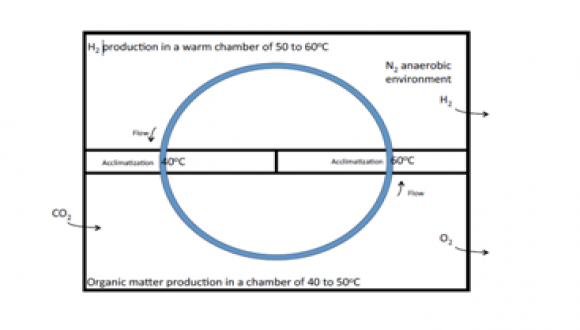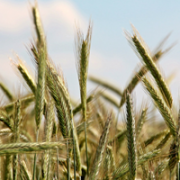Temperature sensitive PSII and promiscuous PSI as a possible solution for sustainable photo-hydrogen production
Studies on the crystal structure of photosystem I prompted us to consider using our knowledge for designing a bioreactor for sustainable hydrogen production. We discovered a marine phage that carries an operon encoding all PSI subunits. The generation, in Synechcystis, of a phage-like PSI, where PsaF and PsaJ subunits were substituted by a PsaJF fusion, enabled the mutated PSI to accept electrons from additional sources like respiratory cytochromes. In this way a novel photorespiration was created, where PSI could substitute for cytochrome oxidase,. The wild-type and mutant synechocistis PSI were crystallized and solved, confirming the suggested structural sequences. We designed a hydrogen producing bioreactor where the novel photorespiration could utilize the organic material of the cell as an electron source for H2 production. We propose in parallel to engineer a Cyanobacterium strain with a temperature sensitive PSII and enhanced rates of respiration. In this way efficient and sustainable hydrogen production could be achieved.

A shematic representation of cyanobacterial bioreactor for sustanable hydrogen production






